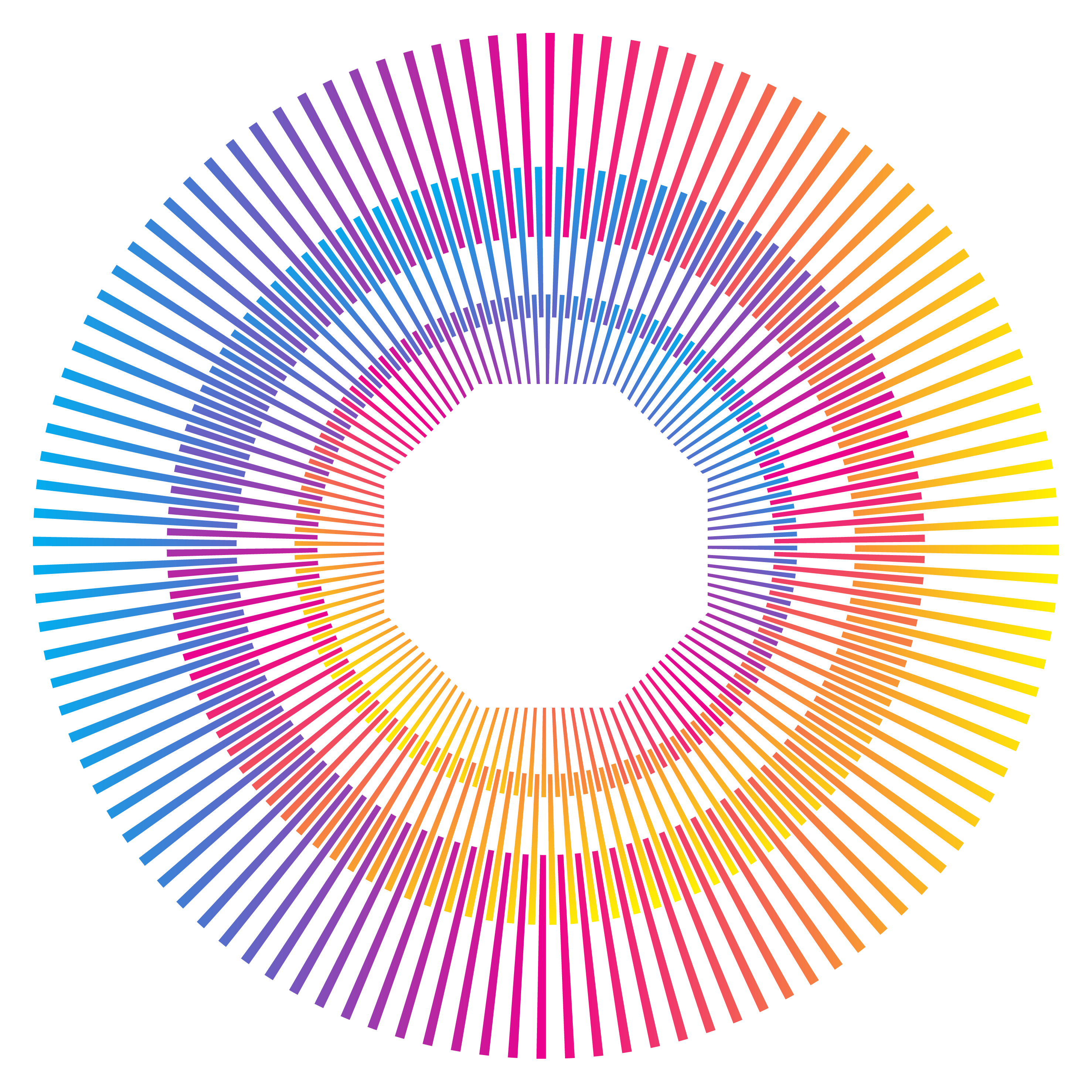
TL;DR
- New OTA broadcast standard ATSC 3.0 uses the same underlying protocols as the internet, opening up opportunities for broadcast content, interactivity and advertising.
- This hybrid TV model allows local over-the-air stations to finally boast the ability to narrowcast marketing and provide audience measurement not seen in over-the-air TV.
- About 50% of broadcasters in the United States are broadcasting in ATSC 3.0 today.
READ MORE: NextGen TV: What ATSC 3.0 television means for marketers (Acxiom)
As premium SVODs launch advertising-supported services, streamers might appear to be putting a final squeeze on broadcast TV — but not so fast. The rollout of the latest TV delivery standard ATSC 3.0 promises to actually expand the possibilities and increase the demand for audience-based digital marketing in over-the-air broadcasting.
Dubbed NextGen TV, ATSC 3.0 is the technical framework for free, over-the-air TV. It offers 4K video resolutions and other significant picture and sound quality upgrades along with even less interference.
But what’s genuinely game-changing, according to Gordon Kumpuris, a senior content developer with Acxiom Marketing, is that ATSC 3.0 leverages the same underlying protocols as the internet, opening an entirely new world for broadcast content and interactivity.
For instance, ATSC 3.0 means viewers can watch digital broadcast video on enabled mobile devices and in enabled cars without Wi-Fi or cellular coverage.
“No Wi-Fi, no cell signal, but yes to live, free TV, even on a mobile device,” says Kumpuris. “Think of what this could mean for in-car video combined with the geotargeting capabilities ATSC 3.0 also delivers.”
Geotargeting content allows for things like highly targeted emergency alerts for tornados or flash flooding. But of particular attention for marketers is the ability to work hand in hand with existing internet service to provide “highly targeted and seamless interactive overlay ads” during over-the-air broadcasts, says Kumpuris.
“This hybrid TV model allows local over-the-air stations to finally boast the ability to narrowcast marketing and provide audience measurement not seen in over-the-air TV.”
He says these capabilities give OTA broadcasters “full entry into the digital ecosystem,” allowing them to better compete with niche cable TV and VOD, and the various types of digital advertising.
“This ability also puts them in a better competitive position when negotiating retransmission relationships with cable, satellite and VOD entities.”
There are hurdles ahead before both public and brands truly tune into ATSC 3.0 TV. Perhaps most apparent is that ATSC 3.0 requires a tuner or a TV with a built-in tuner to display ATSC 3.0 TV. Households must be persuaded to go out and buy the necessary new TV for this to work. In addition, broadcasters must upgrade transmission technology, although many already have and right now across the States, about half of TV stations are broadcasting in ATSC 3.0.
Other outstanding issues include how granular the notice and consent framework for data collection must be and how rapidly mobile and TV manufacturers will adopt ATSC 3.0 chips.
BROADCAST TECHNOLOGY IS HOTTER THAN EVER:
The advent of streaming had many pundits predicting the end of broadcast television, but the ongoing transition to ATSC 3.0 shows that NextGen TV is on the rise. What’s more, legacy broadcast series have remained among the most popular content on streaming platforms worldwide. Learn about the latest broadcast tech and trends as well as what the future holds for over-the-air TV with the expert knowledge and insights you need from this hand-curated series of articles from NAB Amplify:
- NextGen TV: Using the Lighthouse Model to Make the Transition to ATSC 3.0
- What’s the Future of Broadcast TV? FCC Commissioner Starks Places a Bet on ATSC 3.0
- Streaming, Broadcast and Planning the Platform of the Future
- NextGen TV Isn’t Just a Vibe Shift, It’s a Permanent Situation
- Why Streaming Now Looks Even More Like Broadcast TV

